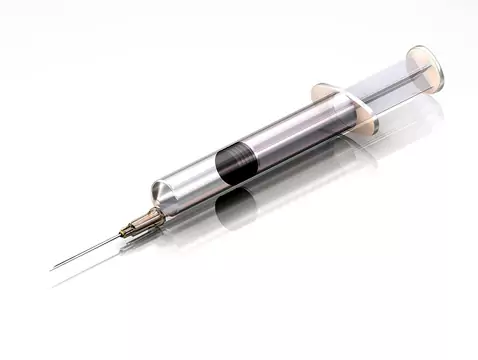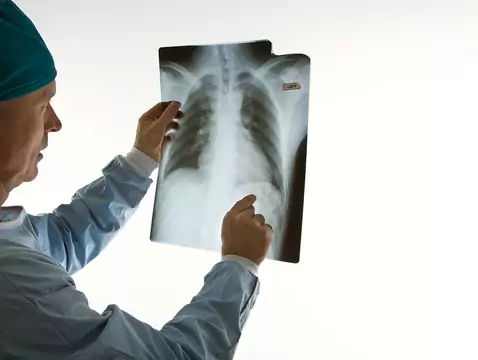
Why does the doctor order a head MRI?
Magnetic resonance (MR) is an imaging study that uses the action of a magnetic field. Its main advantage is that it does not expose the patient to X-rays and can image organs in multiple planes.

Sciatica - effects of transarterial steroid injection.
Patients without significant root compression are more likely to be helped by steroids.

Back pain - what you should know
Back pain is pain, tension or stiffness in the muscles of the peri-spinal region, often accompanied by pain radiating along a limb. The most common complaints are of the lumbosacral region of the...

Finish for legal highs
Afterburners are substances that can have psychoactive effects. Their composition is not well known and it is sometimes difficult to predict their effect.

Severe limb paresis in a child bitten by a wasp
Case report of a 10-year-old boy who developed severe peripheral nervous system damage within 24 hours of being bitten by a wasp.

First episode psychosis and soft neurological symptoms
According to recent studies, patients with a first episode of psychosis often have damage in the thalamus and the right caudate nucleus.


